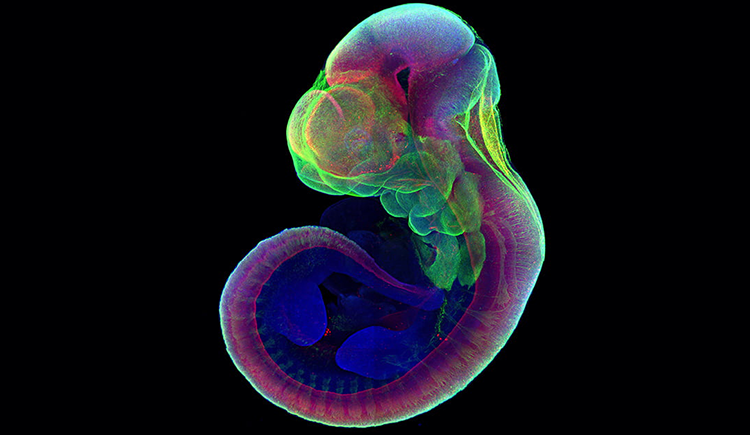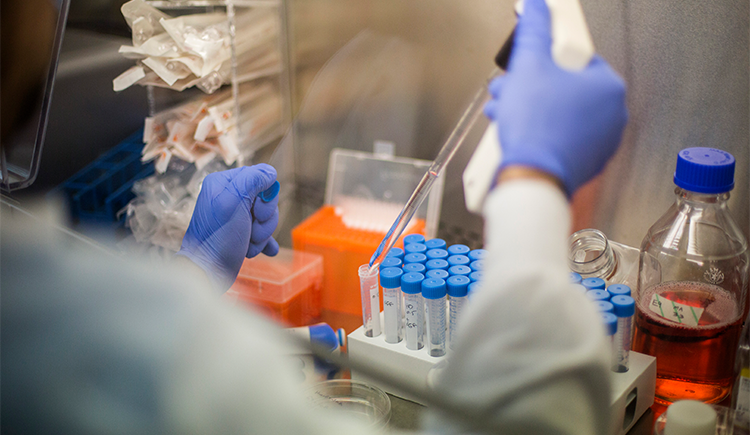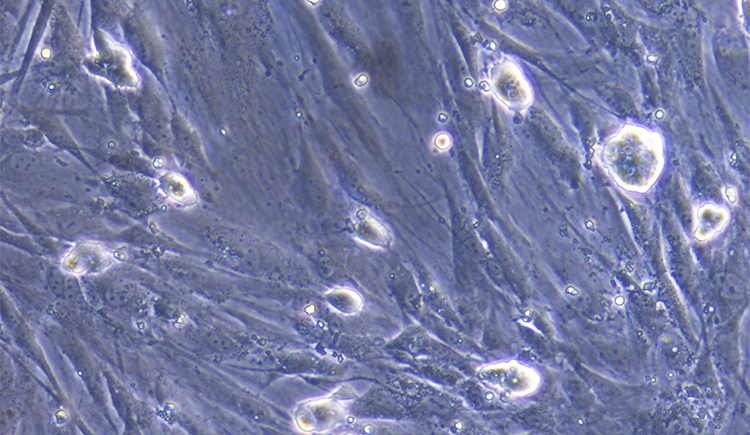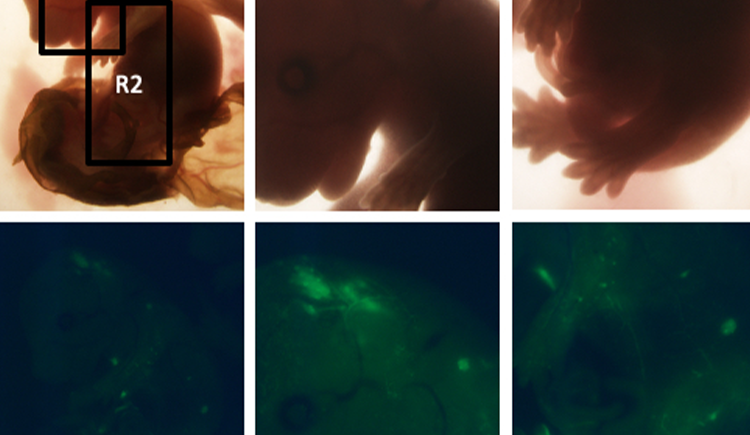
Stem-Cell-Derived Embryo Models (SEMs)
Starting solely with naïve ESCs, we can unleash the cells ability to self-organize into embryoid models. This way we generated mouse SEM which is equivalent to embryonic day 8.5 (post-gastrulation/early organogenesis). Recently we have also generated human SEMs, which model 14 days-post-fertilization embryo. The model includes both embryonic and extra-embryonic (placental) tissues.




